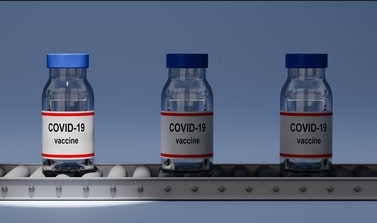In December, 3,916 COVID vaccine-related adverse events, including 13 deaths, were reported to VAERS. As more adverse events — ranging from life-threatening anaphylaxis to death — occur, it will be tougher to “sell” the experimental injections.
When the U.S. Food and Drug Administration gave Pfizer/BioNTech and Moderna permission to distribute their experimental mRNA coronavirus vaccines to Americans on an “emergency use” basis in December, it opened the floodgates for other countries to quickly follow suit.
By Jan. 11, counting China and Russia, 43 countries had administered at least 26 million doses of vaccine — especially Pfizer’s — with far more ambitious plans for the coming year. The companies’ global delivery targets for 2021 include two billion Pfizer/BioNTech doses and at least 600 million Moderna shots.
Drawing on the tried-and-true marketing technique of drumming up the “illusion of scarcity” to “accelerate demand,” U.S. officials have been attempting to direct the public’s attention to the concocted drama of vaccine supply shortages and a slower-than-expected rollout.
However, as the early warning signs already apparent during clinical trials begin to translate into serious adverse reactions on a wider scale, officials now face a new public relations challenge — that of “managing expectations” to ensure population willingness to take the vaccine.
As more people hear about adverse events, and more adverse events occur — ranging from life-threatening anaphylaxis and emergency room visits to brain inflammation and death — “selling” the experimental injections may become an increasingly uphill battle.
